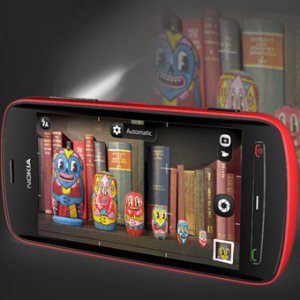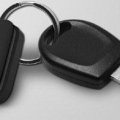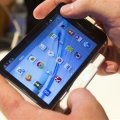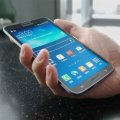Nokia 808 PureView in low-light: From dusk till dawn

Introduction
The fact that Nokia 808 PureView is the best cameraphone money can buy is sure as shooting. This won't even pass for a pun. The 41 megapixel sensor and the tack-sharp optics deliver what no other smartphone can match and we even saw it successfully stand its ground against much heavier competition.
The Nokia 808 PureView is on its march to becoming iconic, trashing the Olympus PEN E-PL2 Micro Four Thirds camera in our blind test and then matching the Canon 5D Mark III for resolution in the process.
Yet, both of those (admittedly, impressive) achievements came in tests that really played to the PureView's strengths. Strong lighting is where the host of tiny pixels can get the upper hand over fewer, if larger, ones and all the samples we gave you so far were captured in perfect conditions.
It's far from certain whether the Nokia 808 will keep its perfect record once darkness falls and noise starts to show its ugly face. We are right there in the camp of the doubters too, so we had no other choice but put the PureView through a series of tests and see its true worth.
We've once again recruited a couple of elite rivals in the face of the Canon 550D and its APS-C sensor and the aforementioned Olympus E-PL2. The Galaxy S III is here too, to put the performance of the cameraphone in proper perspective.
Having mentioned the pixel size of the 808 PureView, we feel we need to make an important note here. Even though the 41MP sensor might lead you to believe otherwise, the size of individual pixels isn't any smaller than those of the Galaxy S III, or the iPhone 4S. Nokia have put a large (by cameraphone standards anyway) 1/1.2" sensor inside the PureView and there was no need to go to extremes to achieve the mind-blowing resolution.
It's only when you compare the pixel size of the Nokia 808 PureView sensor to those inside the DSLR and Micro Four Thirds cameras that you can call them small.
Now, let's cut to the chase and start with the shooting.
Flash test
We start with the most common scenario. All cameras had their ISO setting set to automatic and flash was enabled. Each of the contenders was shot in its maximum native resolution, save for the Nokia 808, which appears twice on each set of crops - once in its full-res 38MP mode and once in the 8MP PureView mode we believe will be most frequently used.
We placed the subject about a meter and a half away from the cameras, as we doubt many will shoot such wide-angle lenses from much greater distance. Here go the crops.
The Nokia 808 PureView put its Xenon flash to great use, capturing an amazing amount of detail here. The native 38MP mode did show some noise, but nothing we can't live with, while the 8MP PureView shot is simply stunning.
The Samsung Galaxy S III cheated quite a lot there as it dropped its shutter speed to 1/15 which, combined with a LED flash, allowed it to keep the ISO at 200 only. However in real-life scenarios (when you don't have a tri-pod like we did) photos shot at this kind of shutter speeds are certain to come out blurred due to camera shake more often than not.
But even if we assume that every Galaxy S III owner is an experienced photographer with a super steady hand, its output is still nowhere near the PureView standards.
As for the two large-sensor cameras, the Canon 550D chose to underpower its flash and shoot at ISO 400, failing to match the 808 PureView. The Olympus E-PL2 did better and almost matched the Nokia smartphone in terms of resolved detail, but its photo came out with extremely poor contrast, which means the Finn got the first win for today.
No flash test
For the second test we disabled the flash units to get them out of the equation. That's hardly going to be as frequent a case as the previous one, but it was a good way of testing the 808 PureView performance in those scenarios when flash usage is simply pointless - i.e. when shooting landscapes or when the subject is reflective and the flash will ruin things.
Here go the two set of crops from the two images we captured.


Impressive, isn't it? The Nokia 808 in 38MP mode has the most detailed output and even its 8MP PureView mode showed quite a lot of fine detail. Granted, when using 38MP mode the Nokia smartphone images come out the noisiest, but it's the less irritating luminance noise, rather than the color patches that dominate the low-light shots of other smartphones and didgicams.
With the first shot the Nokia 808 PureView kept the shutter speed at the relatively easy to handle 1/25, but it did go the Samsung way with the second photo and dropped to 1/16. The Canon 550D DSLR camera stuck with 1/30, which should normally allow you to capture sharp photos at this focal length if the subject isn't moving while the Olympus chose 1/50 and 1/60 settings, which are certain to avoid camera shake and even motion blur on most occasions. However the higher shutter speeds of the Olympus camera meant that it needed to go for a higher ISO setting, which inevitably took its toll on the image quality.
iPhone, Samsung Galaxy, HTC, Nokia, Windows phone price in Dubai with mobile phone review and specification.
Privacy Policy | Terms | Contact US
© 2025 fonfe.com All rights reserved.









